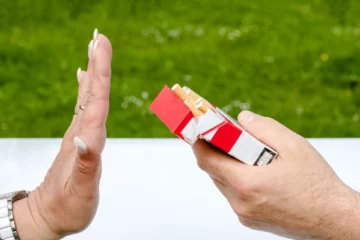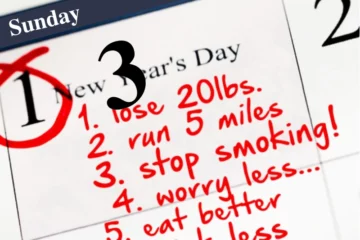Panic attacks are an exaggerated response to danger, stress or excitement.The symptoms can suddenly appear and include things such as a racing heartbeat, feeling faint, sweating or shaking, feeling sick, shaky legs, trouble breathing or nausea. During an attack, you may fear that they’re having a heart attack, that you’re going to die or faint.
Because of this temporary feeling of loosing control, some people become scare of going out just in case it might trigger a panic attack. In turn, that fear could become a phobia called agoraphobia. Sometimes, panic attacks can be triggered by specific places or activities.
Those attacks can really be frightening but there are ways you could help yourself.
Breathing:
By focusing on your breathing and concentrating on inhaling and exhaling in a slow fashion, it will help you regain control faster. Before an attack strike, it is useful to practice techniques such as the “7-11 breathing” or “square breathing” (more details at the here).
Grounding:
Grounding techniques also help keep yourself in the present and help reorient yourself to the here-and-now and in reality. A simple one is the 54321, using your senses. Name 5 things you can see, 4 things you can feel, 3 things you can hear, 2 things you can smell and 1 good thing about yourself.
Once it’s over, it’s important to look after yourself. You might need some rest, or something to eat or drink. Panic attack can be exhausting.
Talk to someone. Talk to a friend or a family member, or anyone that can support you and help you recover and help you if you have another attack.
If those attacks become frequents, get help.
- You are not alone.
- There is help out there.
- You can overcome this.
Do talk to your GP and try to find a qualified therapist in your area to help you with the symptoms but also the causes.
Call us on 01303 684056 or email info@folkestone-hypnotherapy.co.uk to discuss how we can help you.
“7-11” breathing
This is the reverse of hyperventilating. It actually triggers the parasympathetic system in your brain, or the relaxation response (as opposed to the “fight or flight” response).
Here are the instructions:
1 – breathe in for a count of 7.
2- breathe out for a count of 11.
Make sure you are doing “diaphragmatic breathing”, by pushing out your stomach when you breathe in.
If you can’t keep the 7-11, just make sure your out-breath is longer than your in-breath.
Square breathing
– Breathe in for 4 seconds.
– Hold it in for 4 seconds.
– Breathe out for 4 seconds.
– Hold it in for 4 seconds.
And repeat.


